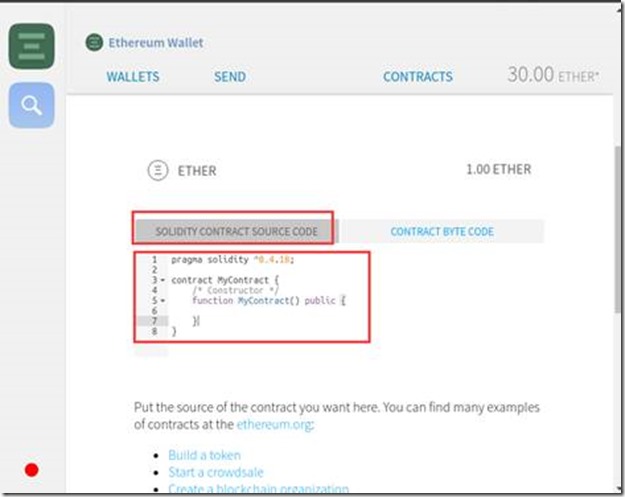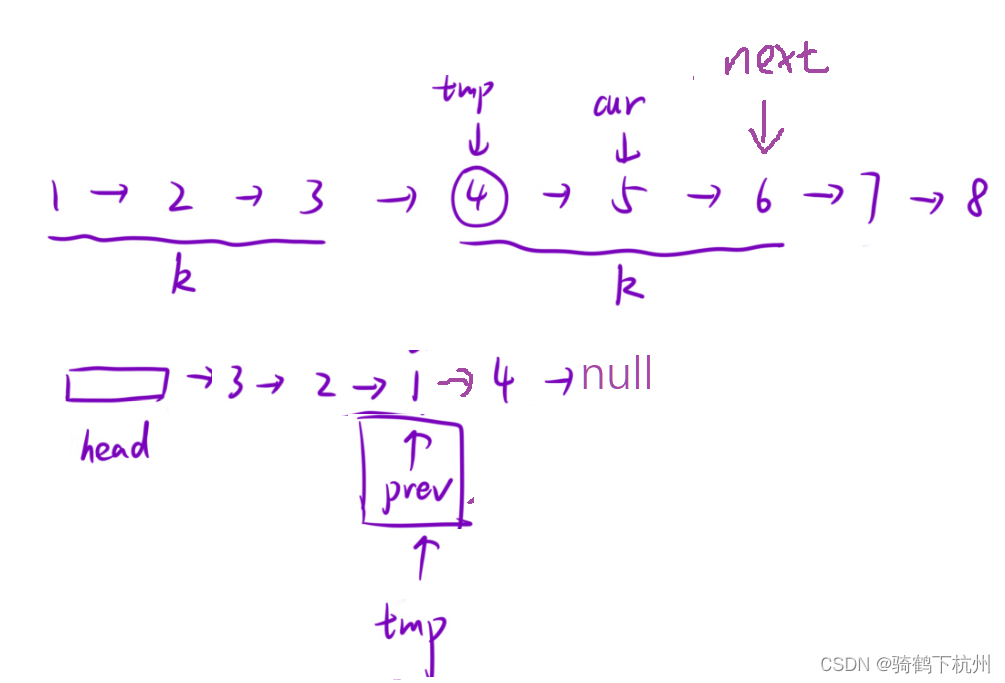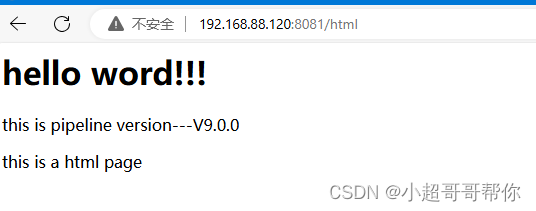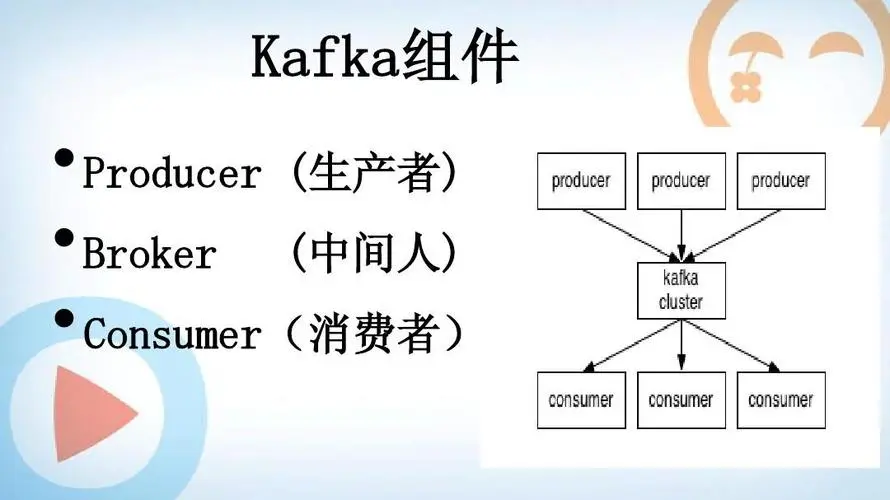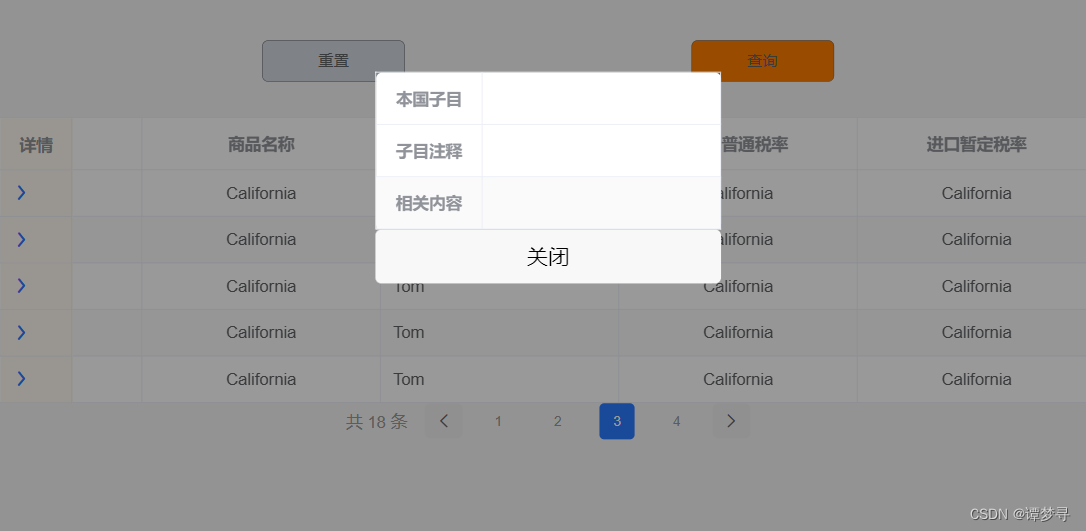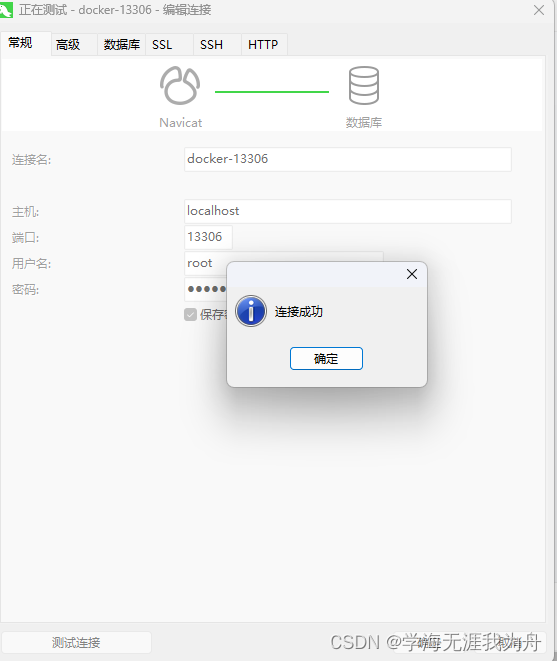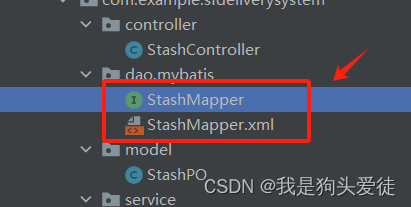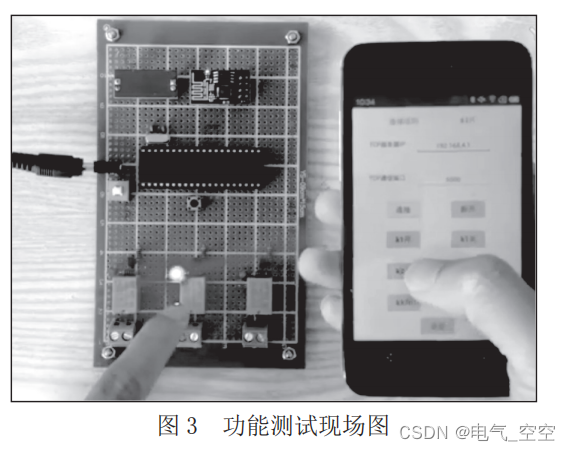1、搭建私链所需环境
操作系统:ubuntu16.04,开虚拟机的话要至少4G,否则会影响测试挖矿时的速度
软件:
geth客户端
Mist和Ethereum Wallet:Releases · ethereum/mist · GitHub
2、安装geth客户端
sudo apt-get update
sudo apt-get install software-properties-common
sudo add-apt-repository -y ppa:ethereum/ethereum
sudo add-apt-repository -y ppa:ethereum/ethereum-dev
sudo apt-get update
sudo apt-get install ethereum安装完成后,输入geth -h,如果有列出信息则说明安装成功,可查看列出信息,方便后续的操作
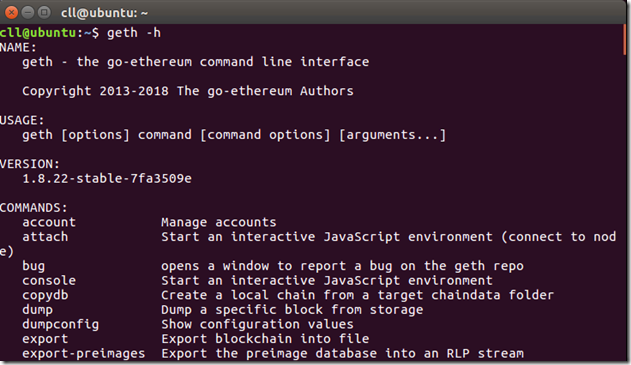
3、创建创始块
(1)创建以太坊初始区块文件 genesis.json
作为区块链,链子总要有个头,所以需要创建一个创世块作为头部,才好往下添加,创世文件名称命名为genesis.json,数据目录存放在/home/cll/privateDemo/data1,genesis.json存放在/home/cll/ privateDemo/:
cat > genesis.json
输入:
{"config": {"chainId": 411,"homesteadBlock": 0,"eip155Block": 0,"eip158Block": 0},"nonce": "0x0000000000000033","timestamp": "0x0","parentHash": "0x0000000000000000000000000000000000000000000000000000000000000000","gasLimit": "0x8000000","difficulty": "0x100","mixhash": "0x0000000000000000000000000000000000000000000000000000000000000000","coinbase":"0x0000000000000000000000000000000000000000","alloc": {"0x1C83C95473e1e93A2C8560c73976dAFA9C3f0a79":{"balance":"1000000"}}
}查看:
cat genesis.json
部分字段解释:
chainId : 以太坊区块链网络Id,ethereum主链是1,私有链只用不要与主链冲突即可。
alloc : 预留账户,如下
coinbase: 旷工账户
difficulty: 挖矿难度
extraData:相当于备注
gasLimit:最小消耗gas
nonce : 64位随机数,用于挖矿,注意他和mixhash的设置需要满足以太坊黄皮书中的要求
parentHash : 上一个区块的Hash值,因为是创世块,没有在它前面的,所以是0
timestamp : 时间戳
(2)初始化区块节点
geth --datadir data1 init genesis.json(3)启动geth客户端节点
geth --identity "data1" --rpc --rpcport 8000 --rpccorsdomain "*" --datadir "data1" --port 30303 --rpcapi "db,eth,net,web3" --networkid 999 console 2>>data1/geth.loggeth常用属性:
--Identity : 节点身份标识,起个名字
--datadir : 指定节点存在位置,“data1”
--rpc : 启用http-rpc服务器
--rpcapi : 基于http-rpc提供的api接口。eth,net,web3,db...
--rpcaddr : http-rpc服务器接口地址:默认“127.0.0.1”
--rpcport : http-rpc 端口(多节点时,不要重复)
--port : 节点端口号(多节点时,不要重复)
--networkid : 网络标识符 随便指定一个id(确保多节点是统一网络,保持一致)

(4)geth常用命令
#创建账户
personal.newAccount("123456")#获取账户数组
eth.accounts#解锁账户,转账时可使用
personal.unlockAccount(eth.accounts[0], "123456")#节点主账户
eth.coinbase#查看账户余额
eth.getBalance(eth.accounts[0])#启动,结束挖矿,写区块
miner.start(), miner.stop()#查看区块数量
eth.blockNumber
4、配置多节点服务
(1)再初始化一个节点(与上一个节点使用同一个genesis.json)
(privateDemo目录)
geth --datadir data2 init genesis.json(2)启动新节点
(privateDemo目录)
geth --identity "data2" --rpc --rpcport 8001 --rpccorsdomain "*" --datadir "data2" --port 30306 --rpcapi "db,eth,net,web3" --networkid 999 console 2>>data2/geth.log注:如果在同一台电脑上这两个端口号与之前的节点不能相同
(3)查看:新节点enode信息
admin.nodeInfo.enode(4)主节点添加新节点,使两节点连在同一个私有链上
在data1终端下输入新节点data2的enode信息
例如:
admin.addpeer("enode://d4f64272de882d2e2ccefc6466c6580ddecd253f5c9d87f977ac3881cbea7b141c07681ea605c53af5815cbfc25b5138b9ddb07be61b757850a55b7197939ba4@127.0.0.1:30306")
(5)检查两节点是否已连接
首先使用命令admin.nodeInfo,查看结果是否为空[],或者net.peerCount,查看是否为0(这里有点问题,有时候由于某些原因,可能网络不稳定,添加完后是[]和0,有时候又显示有同伴);另外在其中一个节点启动挖矿命令 miner.start(),看另一个节点是否也同步,可以使用命令行跟踪(data1目录):tail -f geth.log。
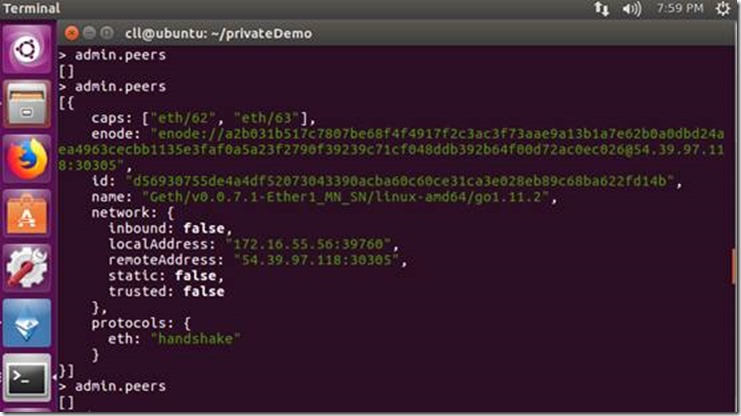
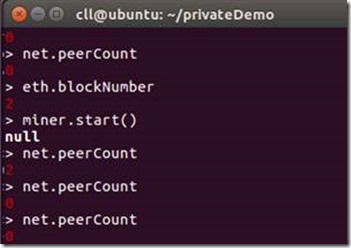
4、Mist连接私链
(1)以rpc方式打开访问ipc接口方式打开mist钱包
“(mist应用所在路径)” –rpc “(节点geth.ipc所在目录)”
例如:
“/home/cll/ethereum/mist/mist” –rpc “/home/cll/privateDemo/data1/geth.ipc”
(2)只读的http方式打开钱包。不能转账,不能部署合约
“/home/cll/ethereum/mist/mist” –rpc http://127.0.0.1:8000
5、在Mist上部署智能合约
点击CONTRACTS->点击DEPLOY NEW CONTRACT->选择账户,编写合约内容->最底下点击DEPLOY。成功提交后,等待挖矿确认,确认的合约会显示在CONTRACTS页面,点击合约即可进行相关操作。
